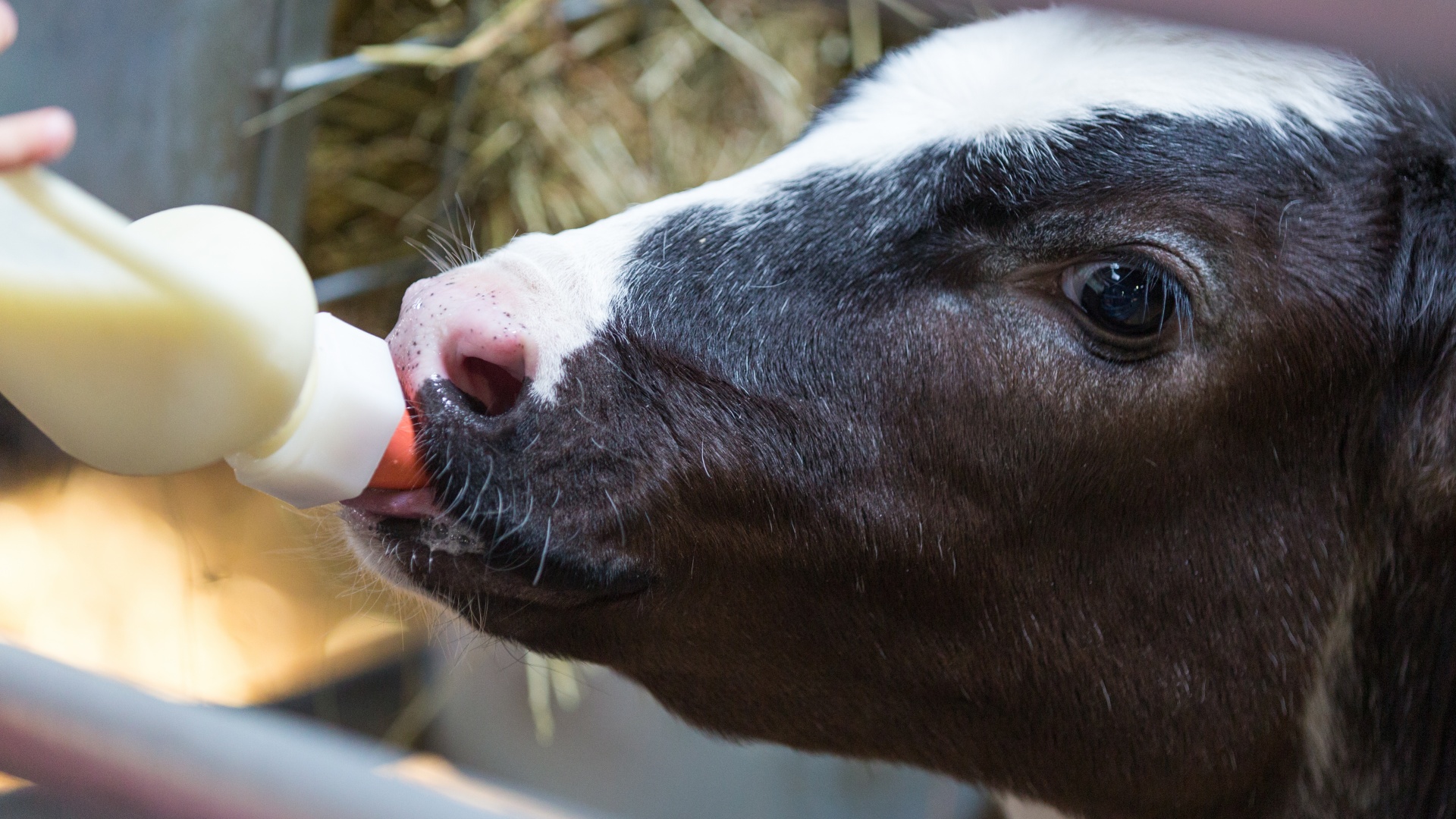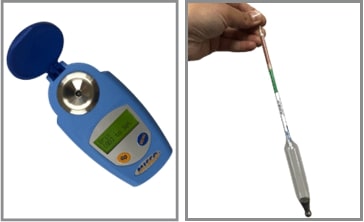
By George Munene
Colostrum, the first milk produced by the mammary gland after calving, is rich in immunoglobulins (antibodies), growth factors, and several other nutrients and compounds that promote calf health. It is critical for calf health. Due to a lack of transfer of antibodies across the placenta during pregnancy, calves are born with an undeformed immune system and rely almost entirely on the consumption of colostrum for the transfer of passive immunity and subsequent immune system development.
Inadequate consumption of immunoglobulin-rich colostrum shortly after birth can result in poor immune system development, a condition known as failure of passive transfer. This condition is associated with:
- Development of significant illnesses during the pre-weaning period (NASEM, 2021),
- Reduced post-weaning growth rates, and
- Lower first lactation milk production (Lombard et al., 2020; DeNise et al., 1989).
Due to the importance of colostrum to the transfer of passive immunity alone, colostrum management is well-recognized as a critical component of newborn calf care.
Related News: Factsheet: Calf to cow expert feeding guide for maximum milk—Part 2
Related News: Why first 36 hours are critical for orphaned calf in dairy production
Keys to Good Colostrum Management
There are three key components to successful colostrum management: timing, quality, and quantity.
1. Timing
The ability of the calf’s intestines to absorb the antibodies in colostrum greatly diminishes with time and is essentially nonexistent by 24 hours after birth.
Industry experts used to recommend feeding a single allotment of colostrum within the first 12 hours of life to ensure sufficient transfer of passive immunity. However, researchers have recently shown that feeding calves at birth, or shortly after, dramatically increased antibody absorption and that the rate of absorption for calves fed colostrum six hours after birth is similar to those fed colostrum at 12 hours after birth (Fischer et al., 2018).
Therefore, the new industry-accepted recommendation is to provide two feedings of colostrum. The first feeding should take place within two hours of birth and the second feeding should occur within 12 hours of birth (Godden et al., 2019).
2. Quality
Colostrum quality is determined by assessing immunoglobulin concentrations, specifically, the concentration of immunoglobulin G (IgG).
The IgG content of colostrum is highly variable depending on many factors, including the cow, harvest timing in relation to calving, volume produced, and lactation number (NASEM, 2021).
Colostrum is considered to be good quality if IgG content is greater than 50 grams/liter (g/L; Godden et al., 2019).
While the direct measurement of colostrum IgG levels is expensive and time-consuming, there are two on-farm tools available that can help producers quickly and economically assess colostrum IgG content through indirect means: a colostrometer and a Brix refractometer
Both are useful tools for estimating colostrum quality; however, the Brix refractometer has become popular in recent years because it is less fragile and less sensitive to fluctuations in temperature as compared to the colostrometer. A Brix reading of 21 per cent or greater is indicative of good-quality colostrum.

Brix refractometer (left) and colostrometer (right)
While it is tempting to forego the assessment of colostrum using one of these two tools, producers should know that an eye assessment of colostrum quality is highly inaccurate because color and viscosity are not related to IgG content (Godden et al., 2019).
In addition to assessing the colostrum’s antibody content, producers should also ensure that it is free from harmful bacteria or contaminants.
To minimize bacterial growth, fresh colostrum should be fed within one hour; if this is not possible, it should be stored in the refrigerator (<1.66°C) for up to 24 hours or the freezer (<-20.55°C) for up to a year.
Frozen colostrum can be thawed safely by submerging the container in a warm (<48.88°C) water bath and feeding within one hour of thawing. Using hot water (>48.88°C) to thaw colostrum can significantly reduce quality by destroying the antibodies.
3. Quantity
Using an esophageal feeder can help ensure adequate delivery of colostrum when a calf will not completely consume its first or second colostrum feeding via bottle nipple.
It is important to ensure the individual has been trained to utilize the tube feeder safely.
In addition to timing and quality, the quantity of colostrum fed is also important.
Calves do not have a requirement for colostrum itself; their requirement is for the IgG in the colostrum.
Therefore, the amount of colostrum that a calf needs is directly related to the IgG concentration of the colostrum, which can be highly variable.
Related News: Dual purpose Fleckvieh cow offers mastitis resistance & improved production
Because of this, estimating the colostrum IgG content using a colostrometer or Brix refractometer is essential.
Estimation of colostrum IgG content can help determine the volume that should be fed to ensure sufficient IgGs are provided.
As a rule of thumb, calves should receive 200 grams of IgG during the first 24 hours of life with 150 grams of IgG supplied in the first feeding (Godden et al., 2019; NASEM, 2021).
Generally speaking, it is recommended that Holstein calves be fed three liters and Jersey calves are fed two liters of good quality colostrum (≥21 per cent Brix) at first feeding to ensure sufficient IgG consumption (NASEM, 2021).

The amount of IgG that can be supplied by feeding three liters of colostrum at varying levels of quality. From this figure, it is clear that feeding poor-quality colostrum (<21% Brix), provides inadequate IgG for the first feeding.
If a calf will not consume all of its allotted colostrum from a bottle, producers should use an esophageal tube feeder to ensure all of the colostrum is consumed within the two-hour timeframe.
Information Courtesy, University of Maryland Extension College of Agriculture and Natural Resources